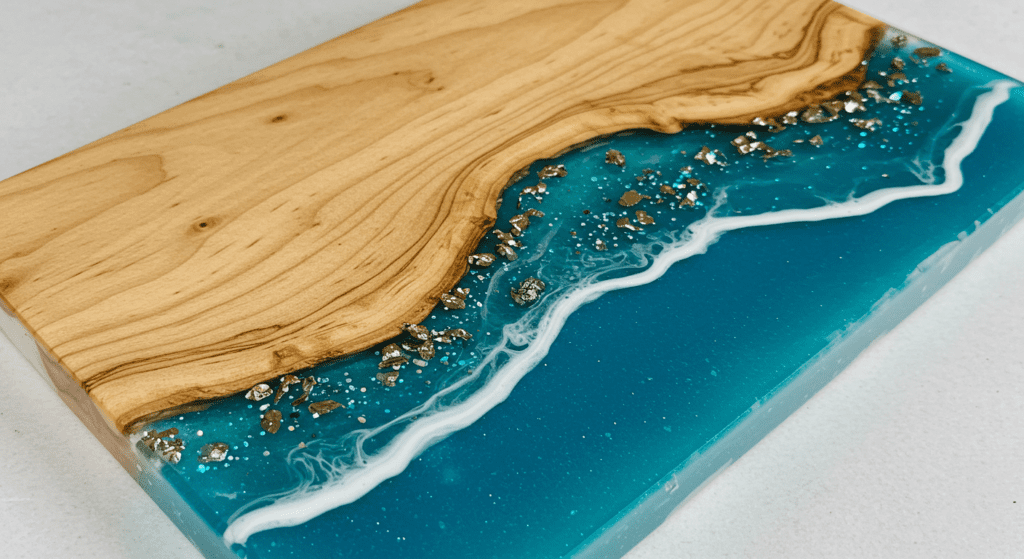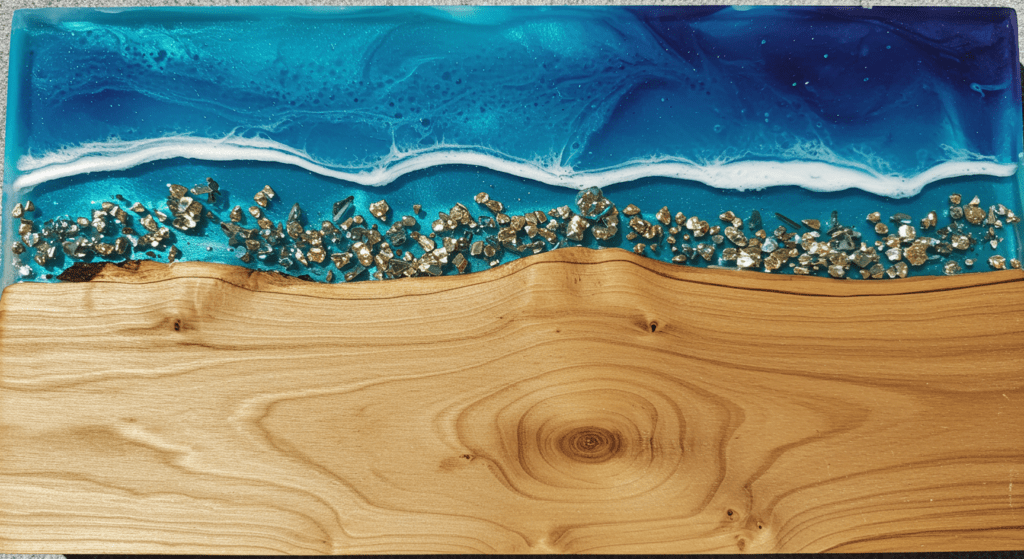Table of Contents
- Introduction
- What is Resin Art?
- Materials Needed for Resin Art
- Step-by-Step Guide to Creating Resin Art
- Tips for Perfecting Your Resin Art
- Common Mistakes to Avoid
- Inspiring Resin Art Ideas
- Conclusion
- FAQs
Introduction
Resin art has taken the creative world by storm, offering a unique medium for artists and DIY enthusiasts to express their creativity. This versatile material allows for endless possibilities, from stunning home décor to personalized jewelry. In this comprehensive guide, we’ll explore everything you need to know about resin art, including techniques, materials, and tips to help you create your own masterpieces.

What is Resin Art?
Resin art is a form of mixed media art that uses epoxy resin as the primary material. When mixed with a hardener, resin cures into a glossy, durable finish, making it ideal for creating vibrant, three-dimensional pieces. Artists often incorporate pigments, dyes, and other additives to achieve unique effects, such as swirling patterns, geodes, or ocean-like designs.
Materials Needed for Resin Art
To get started with resin art, you’ll need the following materials:
- Epoxy Resin: The base material for your artwork.
- Hardener: Activates the curing process.
- Pigments and Dyes: For adding color and effects.
- Mixing Tools: Stir sticks, silicone cups, and measuring tools.
- Molds: Silicone molds for shaping your resin.
- Protective Gear: Gloves, masks, and aprons for safety.
- Heat Gun or Torch: To remove air bubbles.
- Work Surface: A level, protected area for crafting.
Step-by-Step Guide to Creating Resin Art
- Prepare Your Workspace: Cover your work surface with plastic or parchment paper to protect it from spills.
- Mix the Resin and Hardener: Follow the manufacturer’s instructions to mix the resin and hardener in the correct ratio.
- Add Color: Incorporate pigments, dyes, or other additives to create your desired effects.
- Pour the Resin: Pour the mixture into your mold or onto your chosen surface.
- Create Patterns: Use tools like sticks, combs, or heat guns to manipulate the resin and create unique designs.
- Remove Air Bubbles: Gently pass a heat gun or torch over the surface to eliminate bubbles.
- Let It Cure: Allow the resin to cure for 24-48 hours, depending on the product.
- Finish and Polish: Once cured, remove the piece from the mold and polish it for a glossy finish.
Tips for Perfecting Your Resin Art
- Work in a Well-Ventilated Area: Resin fumes can be strong, so ensure proper ventilation.
- Measure Accurately: Incorrect resin-to-hardener ratios can affect curing.
- Experiment with Colors: Don’t be afraid to mix and layer different pigments.
- Practice Patience: Allow ample time for curing to avoid imperfections.
- Protect Your Art: Use a clear coat or UV-resistant spray to prevent yellowing over time.
Common Mistakes to Avoid
- Overmixing: This can introduce air bubbles and affect the finish.
- Inadequate Surface Prep: Dust or debris can ruin your piece.
- Rushing the Process: Curing takes time; rushing can lead to sticky or uneven results.
- Ignoring Safety Precautions: Always wear protective gear when working with resin.
Inspiring Resin Art Ideas
- Ocean-Inspired Art: Create waves and underwater scenes using blues and greens.
- Geode Designs: Mimic the look of geodes with metallic pigments and glitter.
- Custom Coasters: Make personalized coasters with embedded flowers or photos.
- Jewelry: Craft unique pendants, earrings, and bracelets.
- Abstract Art: Experiment with bold colors and fluid patterns.
Conclusion
Resin art is a captivating and versatile medium that allows artists to explore their creativity in new and exciting ways. Whether you’re a beginner or an experienced artist, this guide provides the tools and knowledge you need to create stunning resin art pieces. With practice and experimentation, you’ll unlock endless possibilities and develop your unique style.

FAQs
Q: How long does resin take to cure?
A: Most resins take 24-48 hours to cure fully, but this can vary depending on the brand and environmental conditions.
Q: Can I use resin art outdoors?
A: Yes, but ensure you use a UV-resistant resin to prevent yellowing and damage from sunlight.
Q: Is resin art safe for beginners?
A: Absolutely! Just follow safety precautions, such as wearing gloves and working in a ventilated area.
Q: How do I clean resin tools?
A: Clean tools with rubbing alcohol or acetone before the resin hardens.
Q: Can I add glitter or other embellishments to resin?
A: Yes, glitter, dried flowers, and other small items can be embedded in resin for added texture and interest.